No backups, no surprises, no weekend emergencies ruining your plans in Greenport.
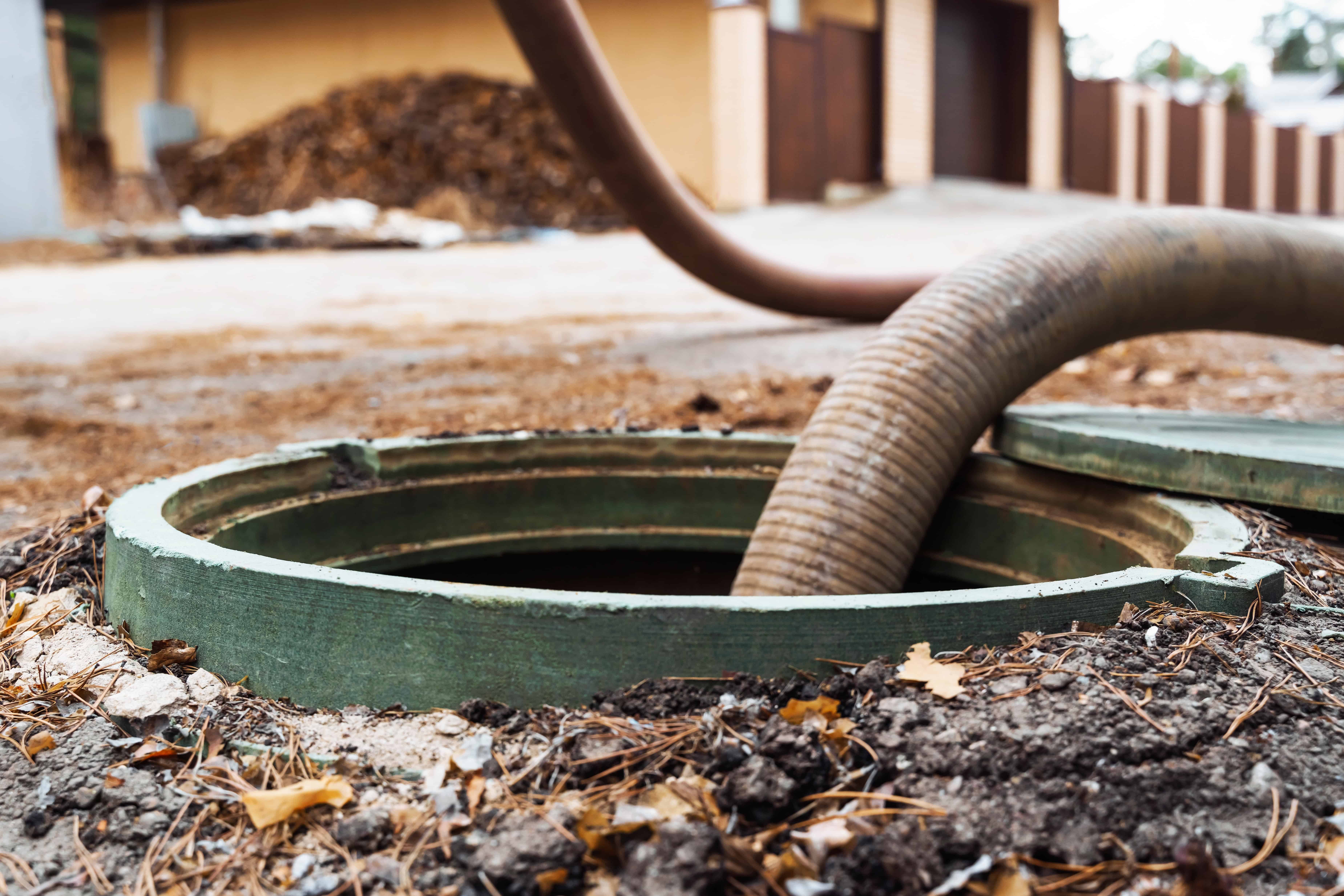
Hear from Our Customers
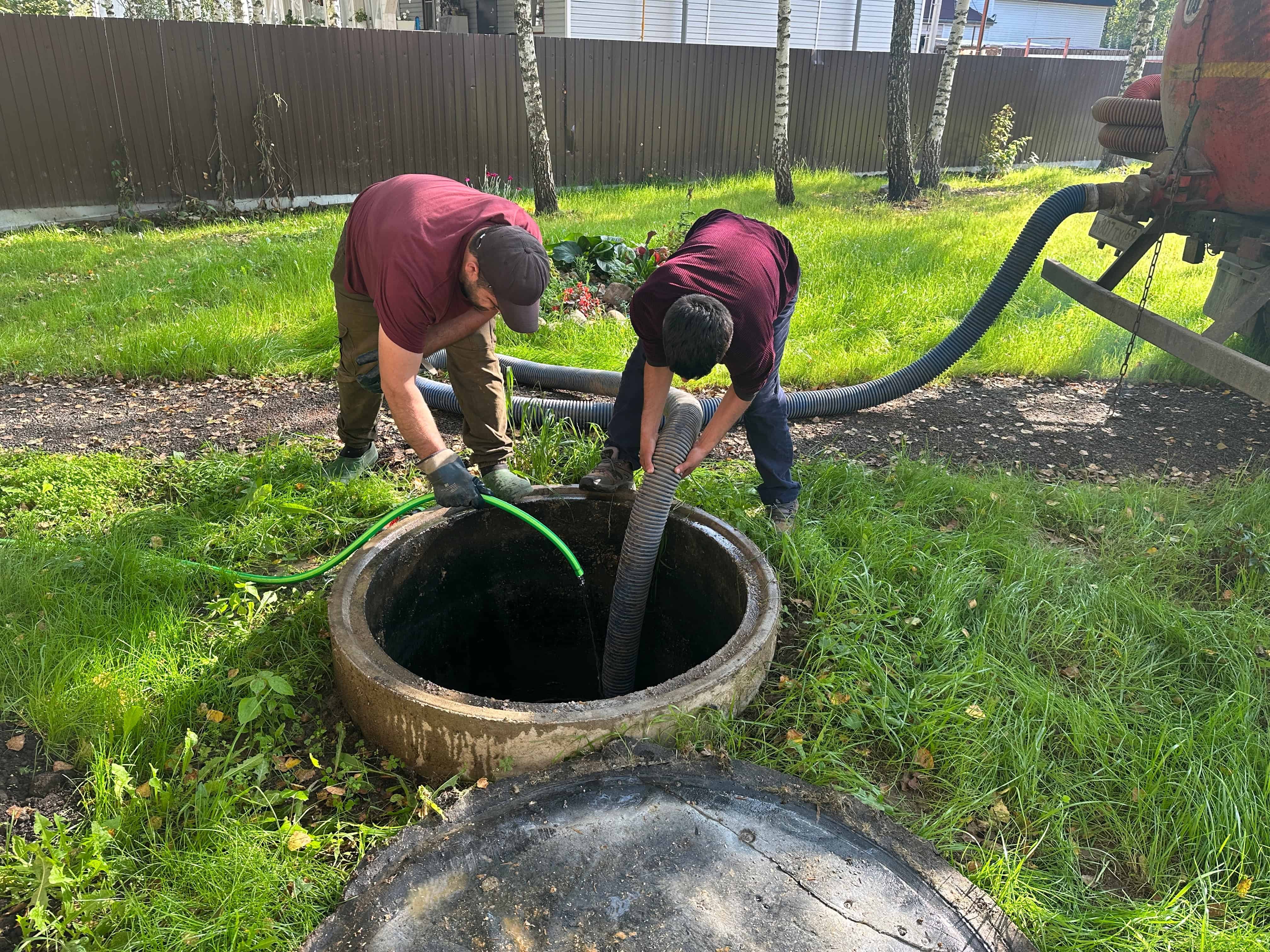
Your septic system works the way it should. You don’t think about it, worry about it, or deal with unexpected problems that cost you time and money.
Regular septic tank pumping means no sewage backing up into your home. No soggy spots in your yard that smell terrible and embarrass you in front of neighbors. No frantic calls to find someone available when your system decides to quit working on a Friday night.
You get years more life out of your septic system. The health department stays happy. Your property value stays protected. And you sleep better knowing one major home system is actually taken care of properly.
Quality Cesspool has been handling septic tank pumping and maintenance for Greenport homeowners who want their systems done right the first time.
We understand how Long Island soil conditions affect your septic system. We know the local regulations that matter. And we know how busy summer seasons put extra stress on septic systems when you need them working most.
You’re not getting someone who learned about septic systems from a manual. You’re getting local expertise that comes from years of working on every type of septic system in this area.
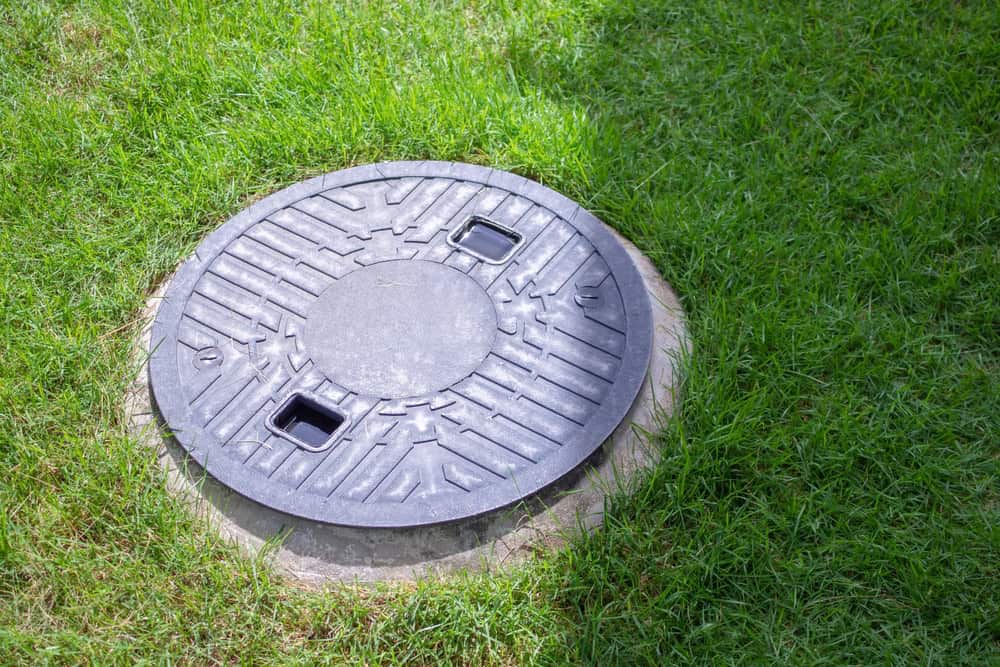
We start by locating and uncovering your septic tank access points. Then we inspect the tank to check sludge and scum levels, plus look for any obvious problems that need your attention.
The actual pumping removes all liquid and solid waste from your tank using professional vacuum equipment. We don’t just pump and leave—we also check baffles, inspect the tank structure, and make sure everything looks the way it should.
After pumping, we provide you with a clear explanation of what we found, how your system looks, and when you should schedule your next service. No technical jargon, no scare tactics—just straight information you can use to keep your septic system running properly.
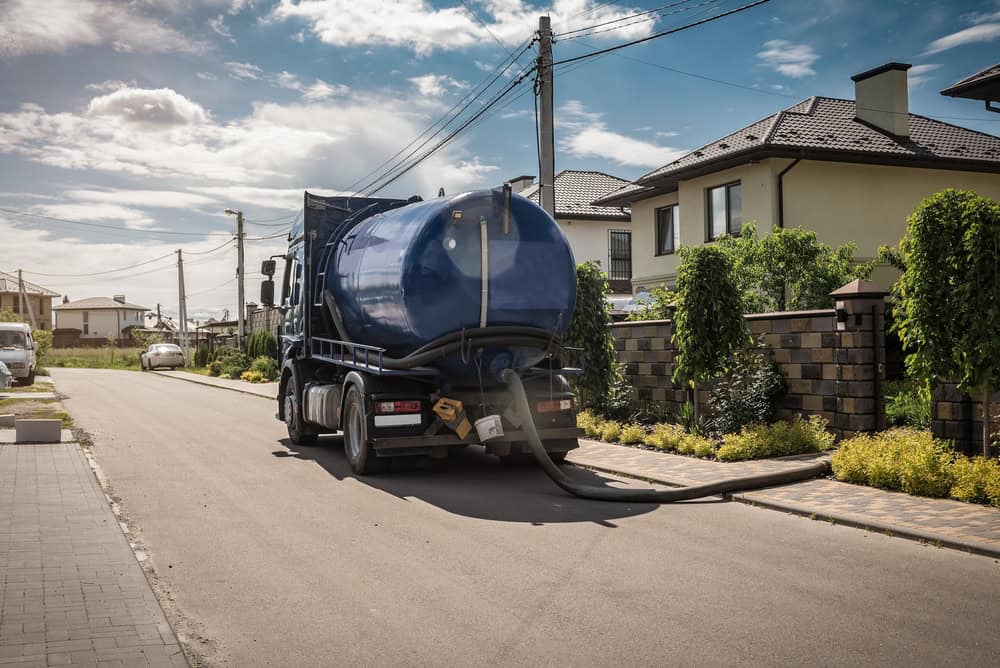
Ready to get started?
Every septic tank pumping includes complete removal of sludge and liquid waste, plus a visual inspection of your tank condition and components.
We handle proper waste disposal at licensed facilities—not your problem to figure out. We also provide honest feedback about your system’s condition and realistic timelines for future maintenance.
Most Greenport homes need pumping every 3-5 years, but that depends on household size, water usage, and how well your system has been maintained. We’ll give you a realistic schedule based on what we actually see in your tank, not some generic recommendation that doesn’t fit your situation.
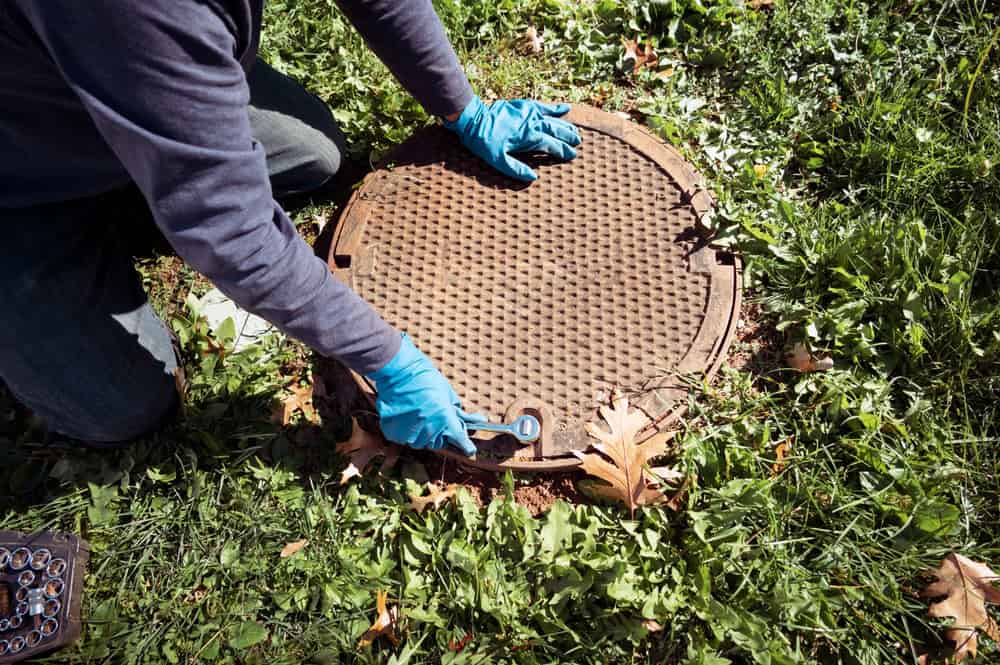
Don’t let cesspool issues disrupt your day. Reach out now for a free estimate and expert service.
©2025 Quality Cesspool All Rights Reserved. SEO Company NYC – Web Design & SEO by Hozio